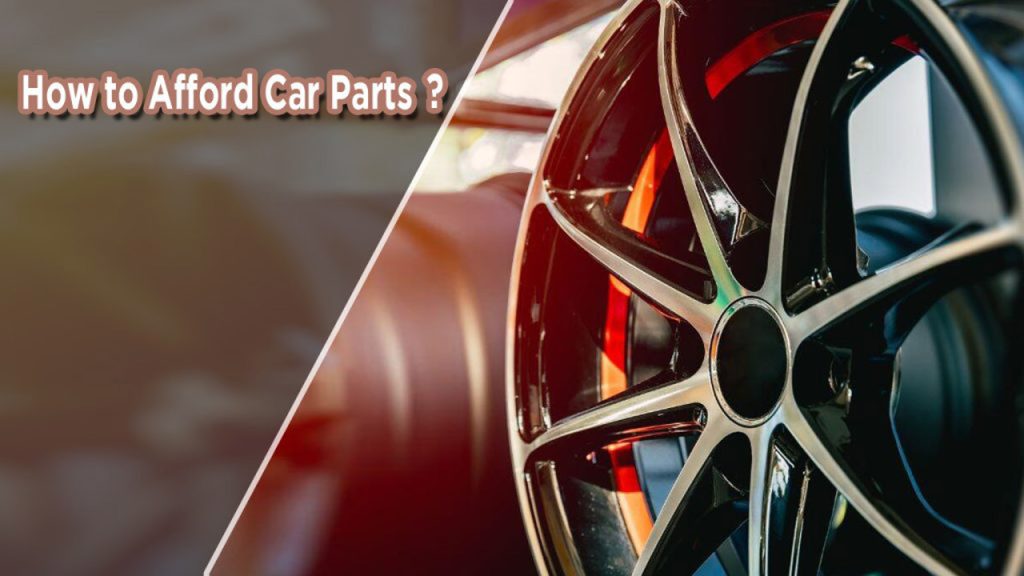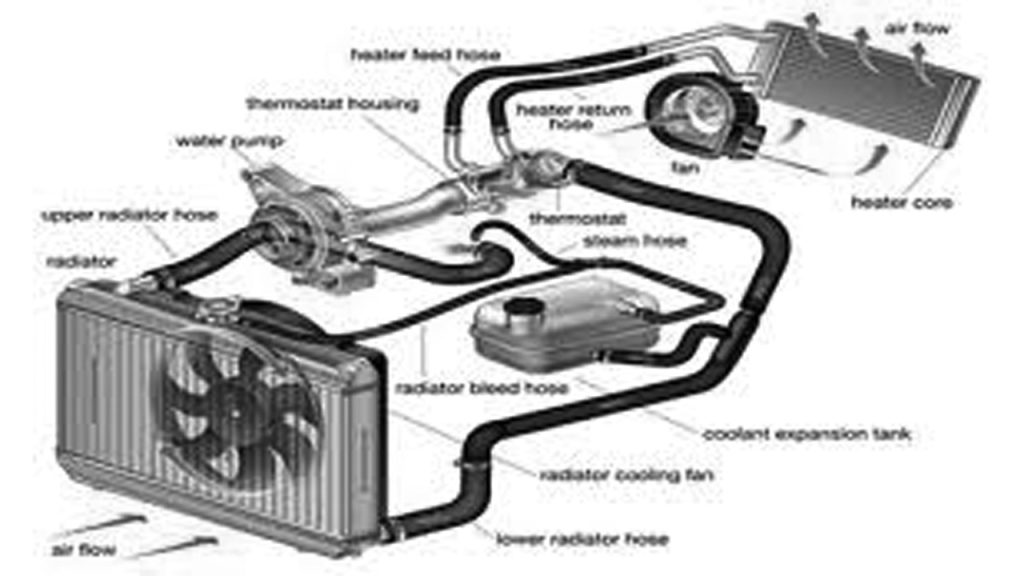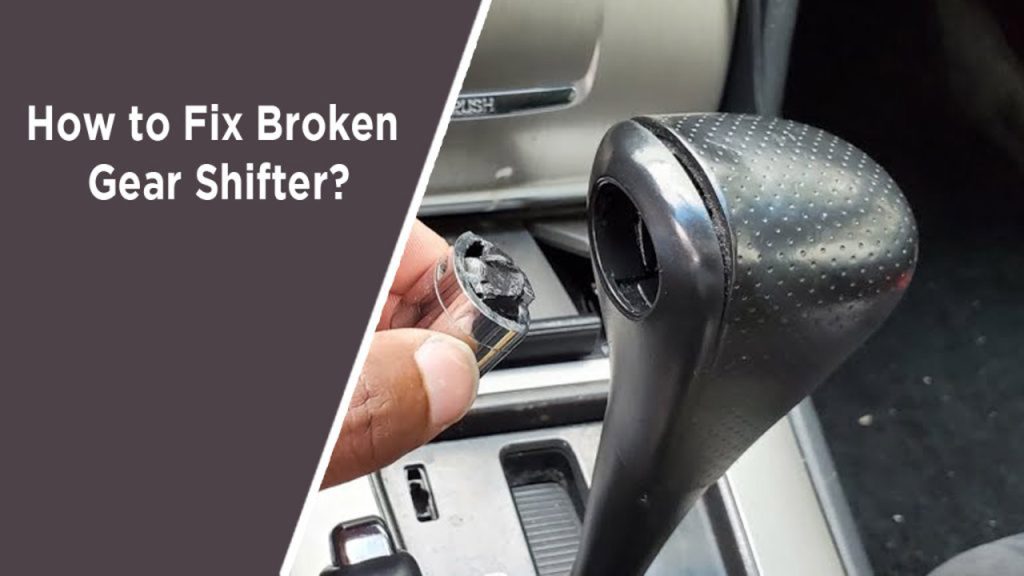If you’ve ever faced the daunting task of replacing a car part, you know how quickly the costs can add up. Whether it’s a minor repair or a major replacement, buying car parts can strain your budget. But here’s the good news: with a little creativity and some smart planning, you can find quality car parts without emptying your wallet.

I’ve been through the highs and lows of maintaining a car on a budget, and I’ve picked up plenty of practical tips along the way. From exploring alternative purchasing options to understanding which parts you can buy used, I’ll walk you through how to afford car parts without sacrificing quality.
Why Car Parts Can Be Expensive
Car parts are priced based on factors like manufacturing costs, brand reputation, and demand. Specialty or rare parts, like those for older or luxury vehicles, tend to be pricier. While original equipment manufacturer (OEM) parts often cost more, aftermarket options and used parts provide budget-friendly alternatives.
The key is knowing where to look and how to evaluate your options.
Shop Smarter, Not Harder
When it comes to car parts, where you shop can make all the difference. Here are some tried-and-true strategies for finding affordable parts:
Buy Online
Online platforms often have lower prices compared to local dealerships and auto repair shops. Websites like eBay Motors, RockAuto, and CarParts.com offer a wide variety of parts at competitive prices.
- Tip: Check for free shipping offers and compare prices across multiple sites.
Check Local Salvage Yards
Salvage yards, also known as junkyards, are treasure troves for used car parts. Many of these parts are still in great condition and are sold at a fraction of the price.
- Tip: Call ahead to see if they have the part you need. Bring your tools if the yard operates on a “pick your part” basis.
Explore Auto Parts Stores
Chains like AutoZone, Advance Auto Parts, and NAPA Auto Parts often have discount sections or offer price matching. Sign up for their loyalty programs to get additional savings.
- Tip: Watch out for seasonal sales, especially during holidays or end-of-year clearance events.
Consider Aftermarket Parts
Aftermarket parts are made by third-party manufacturers and are usually less expensive than OEM parts. While some people worry about quality, many reputable brands produce reliable parts that meet or exceed OEM standards.
- Tip: Read reviews and check for warranties to ensure you’re getting a good deal.
Decide Between New, Used, or Refurbished Parts
Not all car parts need to be brand new. Depending on what you’re replacing, used or refurbished parts might be a cost-effective and reliable option.
| Type | Best For | Considerations |
|---|---|---|
| New | Engine parts, brakes, electrical components | Higher cost, but reliable and backed by warranty. |
| Used | Body panels, interior parts, non-critical items | Cheaper, but inspect for wear and tear. |
| Refurbished | Alternators, starters, transmissions | Affordable, often comes with a limited warranty. |
When to Avoid Used Parts
For safety-critical components like brakes, airbags, or tires, it’s better to invest in new parts to ensure your safety on the road.
Budget-Friendly Maintenance Habits
One of the best ways to save money on car parts is to prevent major breakdowns in the first place. Regular maintenance can go a long way in avoiding costly repairs.
Perform Regular Oil Changes
Clean oil keeps your engine running smoothly and prevents wear and tear on expensive components. Stick to your car’s recommended oil change schedule.
Rotate and Balance Tires
Uneven tire wear can lead to premature replacements. Rotating your tires every 6,000-8,000 miles can extend their lifespan.
Replace Filters and Fluids on Time
Air filters, fuel filters, and transmission fluid might seem minor, but neglecting them can lead to bigger problems down the road.
Listen to Warning Signs
If your car starts making unusual noises or displaying warning lights, don’t ignore it. Catching problems early can save you money on parts and labor.
Negotiate Like a Pro
When buying car parts, don’t hesitate to negotiate—especially if you’re buying from salvage yards, independent sellers, or local shops. Many sellers are willing to lower the price, especially if you’re purchasing multiple items.
Tips for Successful Negotiation:
- Research the average price of the part before negotiating.
- Be polite but firm in your offer.
- Ask for bundle discounts if buying multiple parts.
Leverage Warranties and Return Policies
Whenever possible, opt for parts that come with a warranty or return policy. This protects you in case the part is defective or doesn’t fit your car.
- OEM vs. Aftermarket Warranties: OEM parts usually have longer warranties, but many reputable aftermarket brands also offer guarantees.
- Return Policy: Check the seller’s return policy, especially when buying online or from private sellers.
DIY Repairs to Save on Labor Costs
Labor costs can often rival or even exceed the price of the part itself. If you’re handy with tools, tackling small repairs yourself can save you a lot of money.
Easy DIY Repairs
- Replacing air filters
- Changing windshield wipers
- Installing new headlights or taillights
- Swapping out old batteries
When to Hire a Professional
For complex repairs like transmission work or engine overhauls, it’s best to leave it to the pros to avoid costly mistakes.
Save More with These Extra Tips
Buy in Bulk
For frequently replaced items like oil filters, spark plugs, or brake pads, buying in bulk can reduce costs over time.
Recycle Old Parts
Some auto shops and junkyards offer discounts if you trade in your old parts. For example, returning your old battery can often get you a discount on a new one.
Join Online Communities
Car enthusiast forums and social media groups are great places to find deals, advice, and even secondhand parts.
Conclusion
Affording car parts doesn’t have to be a stressful experience. By exploring alternative buying options, staying proactive with maintenance, and knowing when to negotiate, you can keep your car running smoothly without breaking the bank.
It’s all about being resourceful and informed. Whether you’re buying new, used, or refurbished parts, there’s always a way to save money without compromising on quality. So, the next time your car needs a little TLC, you’ll be prepared with these budget-friendly tips and tricks.
FAQs
Is it safe to use aftermarket car parts?
Yes, many aftermarket parts are made to high standards. Just make sure to buy from reputable manufacturers and check for warranties.
Can I negotiate prices at auto parts stores?
While big chain stores may have fixed prices, smaller stores or independent sellers are often open to negotiation.
Are used car parts reliable?
It depends on the part. Items like body panels and interior parts are usually safe to buy used, but for critical components like brakes, it’s better to go new.
What’s the best website for buying affordable car parts?
Websites like RockAuto and CarParts.com are popular for their wide selection and competitive pricing.
Should I repair my car myself or hire a professional?
It depends on the repair. Simple tasks like replacing filters or headlights can be done at home, but complex issues like engine repairs are best left to professionals.


